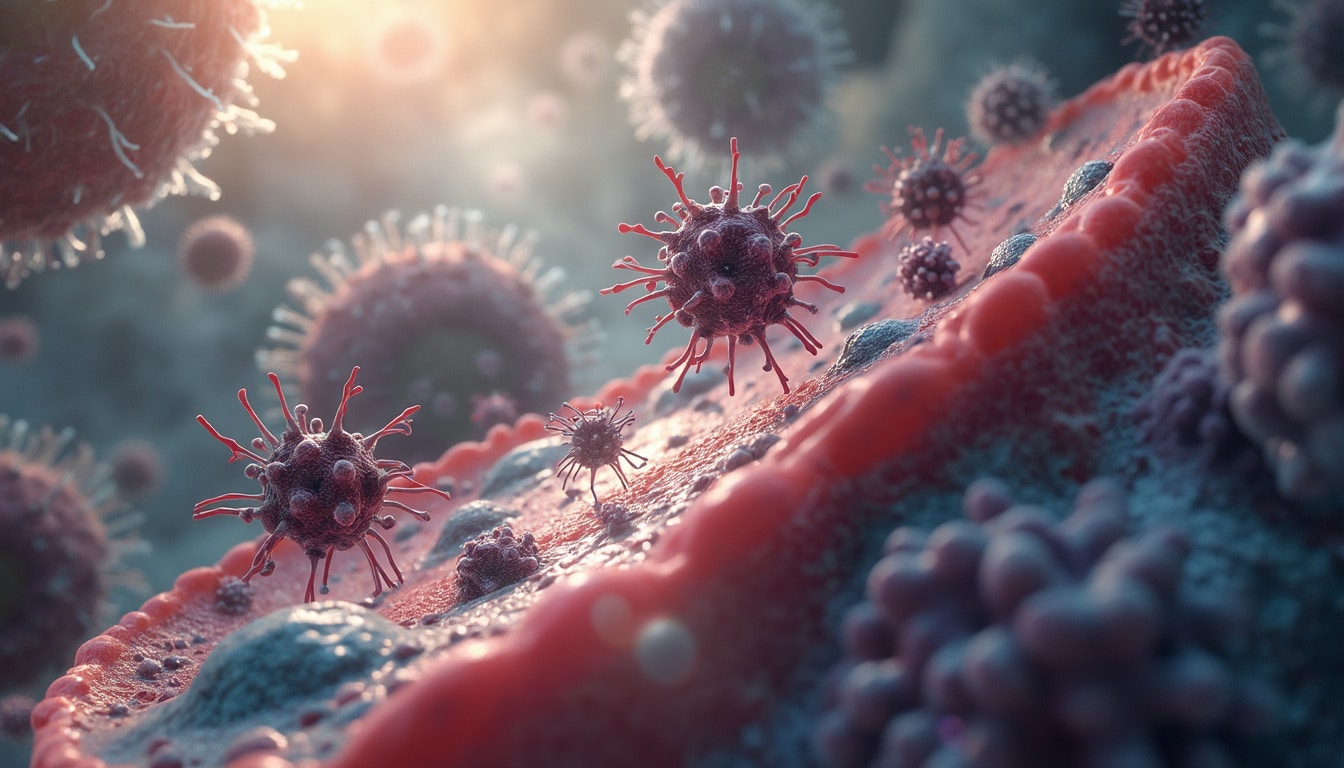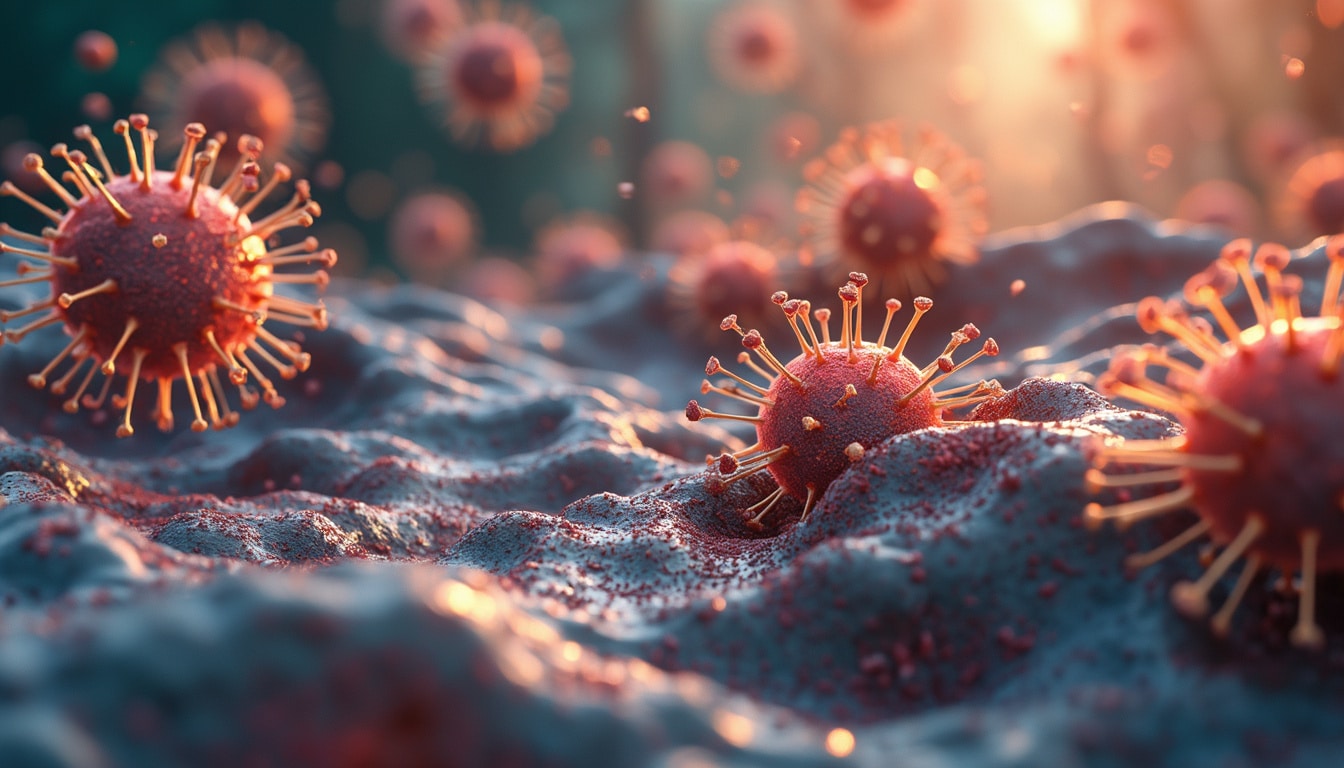As the years go by, our once-vibrant cells begin to reveal their age, quietly transforming into senescent cells that linger within our bodies. These aged cells have developed a unique guise, cloaking themselves with GD3, a crafty trick that permits them to slip past the vigilant eyes of our natural killer cells. This evasion tactic grants them an unwanted sanctuary, posing challenges for our immune system as it struggles to eliminate these cellular relics. By harboring this immune privilege, senescent cells contribute to age-related maladies, leaving scientists to ponder pathways for restoring our body’s natural clearance capabilities.
As we age, our bodies face increasing challenges in maintaining health and autonomy, primarily due to the accumulation of senescent cells (SnCs). These cells persist because of decreased efficacy in their clearance by the immune system. A fascinating discovery has revealed that senescent cells produce a substance called GD3 ganglioside on their surface. This substance allows these aging cells to evade detection by natural killer (NK) cells, which are part of the innate immune system.
While our understanding of immune checkpoints, such as PD-L1, explains how some senescent cells bypass surveillance by T cells, the mechanism by which they escape NK cells has been elusive. Expressing GD3, however, lets multiple SnC types escape NK cell-mediated elimination.
Recent studies have demonstrated that targeting GD3 through immunotherapy can combat various age-related ailments, including lung and liver fibrosis and osteoporosis. These innovative findings position GD3 as a promising target for anti-senescence therapy, aiming to rejuvenate the immune system’s ability to clear these aged cells.

Table of Contents
Togglethe power of gd3 in aging cells
In the mysterious world of cell biology, certain cells have discovered a way to defy the immune system’s attacks using an unlikely ally called GD3. As we age, our cells experience numerous changes that involve both structural and chemical transformations. In this dynamic environment, some senescent cells begin expressing GD3 on their surfaces. This cunning mechanism enables them to evade the vigilant eyes of natural killer cells, those fierce defenders of the body’s innate immune system.
natural killer cells: guardians on the frontline
Natural killer cells are integral components of our immune defense, adept at identifying and eliminating cells that display abnormal behavior. With lightning speed, these white blood cells detect and destroy harmful intruders. Yet, a peculiar situation arises as humans age, where these powerful guardians face challenges in their functionality. Evidence from several studies suggests that reduced vaccination efficacy and a delay in resolving inflammation can be attributed to a decline in NK cells’ effectiveness due to the aging process (source).
potential therapeutic avenues
Amidst this cellular battlefield, researchers are relentlessly pursuing innovative strategies to restore balance. By focusing on methods to reinforce NK cell activity or developing treatments that disrupt GD3’s cloaking ability, new therapies could revolutionize the approach to age-related diseases. For instance, anti-GD3 immunotherapy has shown promising results in mice, preventing fibrosis and ameliorating conditions such as osteoporosis. This discovery positions GD3 as a potential target for future interventions, offering a glimpse of hope for a healthier aging process. As our understanding of these mechanisms deepens, the realm of geroscience continues to unfold, pushing the boundaries of what is possible.





